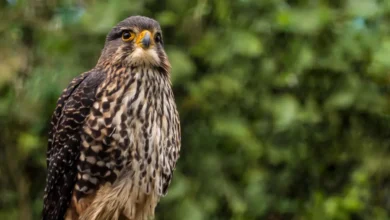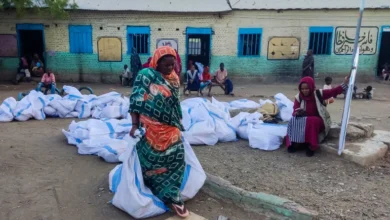Cheetahs in Kuno: Is India’s effort to reintroduce the big cat facing a crisis?
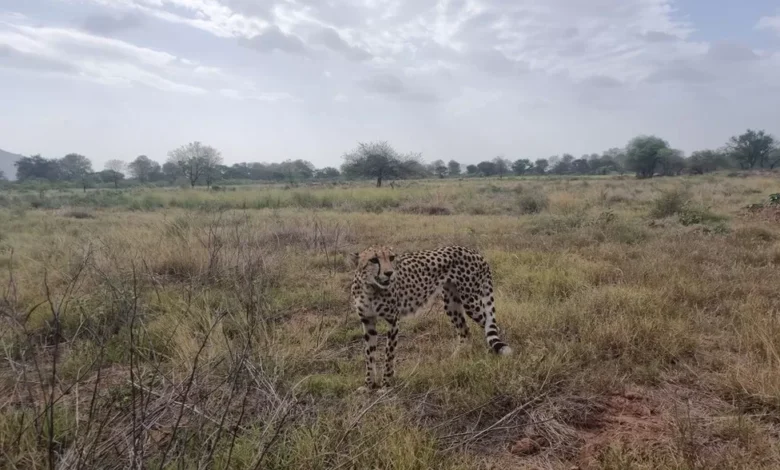
Is India’s ambitious project to reintroduce cheetahs, more than 70 years after they were declared extinct, facing a crisis?
Consider this. Twenty cheetahs were relocated from South Africa and Namibia to the 74,200-hectare Kuno national park in the central Indian state of Madhya Pradesh in September last year and February. Since March, six of those cheetahs and three cubs born in the park have died. (The ninth cat died on Wednesday.)
To be sure, cheetah experts say that losing half of the founder population in the initial year of relocation in unfenced parks is a common occurrence. There could be more deaths in the second year, they say.
Based on previous reintroduction experiences in Africa, the founder population of 20 cheetahs in India “will further decline” to five or seven cats “before population recovery is initiated”, according to a report by South African experts, led by Vincent van der Merwe, a cheetah conservationist involved in the mission.
They also expect the first litters with “realistic prospects of survival to adulthood” will likely be born in 2024 – wild cheetah populations are sustained by a small number of fit and fertile females, also called ‘supermums’, and experts reckon only one of the seven wild females relocated to India is likely to be one.
Yet, things don’t seem to be going entirely well in India. South African and Namibian experts involved with the project have expressed “serious concerns” in the way it was being managed. In letters to the Supreme Court of India, which is monitoring the project, they believe the deaths of the cheetahs could have been prevented by “better monitoring of animals and more appropriate and timeous veterinary care”.
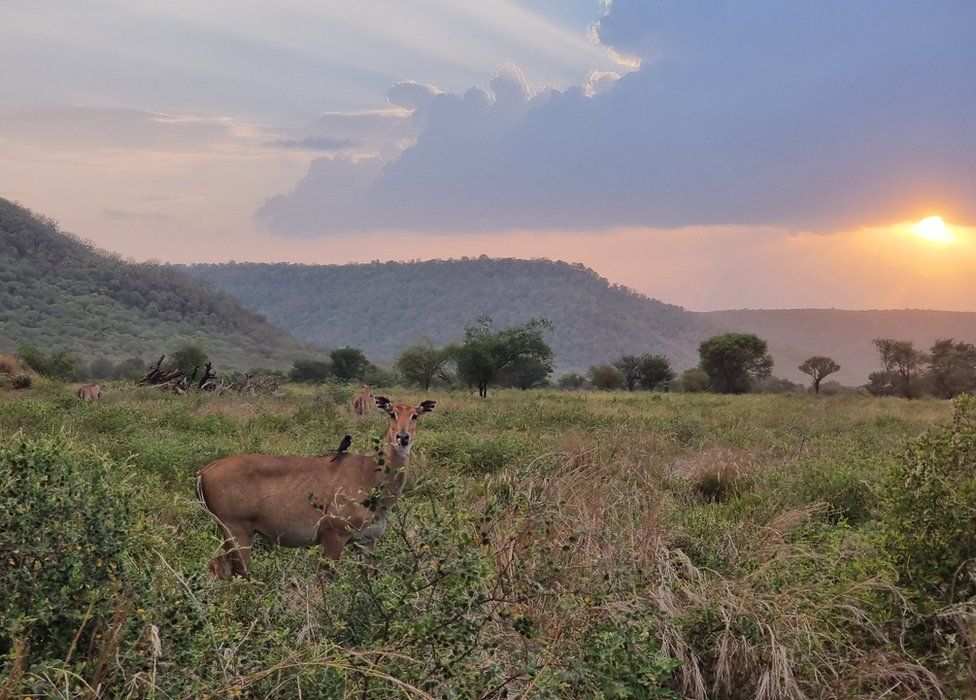
In its letter to the court in July, the Namibia-based Cheetah Conservation Fund (CCF), which has been involved with the project since its inception, said that the first eight cheetah deaths – the post mortem report of the ninth cat has not yet been released – were “avoidable if there were adequate supervision, monitoring and veterinary intervention”.
One of the cheetahs possibly died because of “lack of food for an extended period”, the CCF report says. The letter to the court by the University of Pretoria, representing the South African experts, talks about another casualty – a male cheetah – being attributed by park authorities to an attack by a female cheetah “while sustaining no visible injuries herself”.
“While male cheetahs quite often injure females, we have never observed a case in which a female caused any significant injuries upon a male,” the experts note.
Pictures of the post-mortem sent to the experts the next day showed “inflammation of the skin over the neck and the back of the animal or the very large number of maggots that were clearly visible”.
Three days later, another male cheetah was found dead. A video clip showing the neck and back of the cat made it clear that the animal had a severe infection around its tracking collar.
The South African experts say that the unusually heavy rains in the Kuno park in June and July – 321mm of rainfall was recorded during the period, against an average of 160mm – and the extreme humidity may have caused this, with the collars fitted around their necks potentially causing more problems. Had they been shown the pictures or description of the wounds of the first animal earlier, it would have facilitated an early diagnosis and alerted the authorities more effectively, according to their letter.
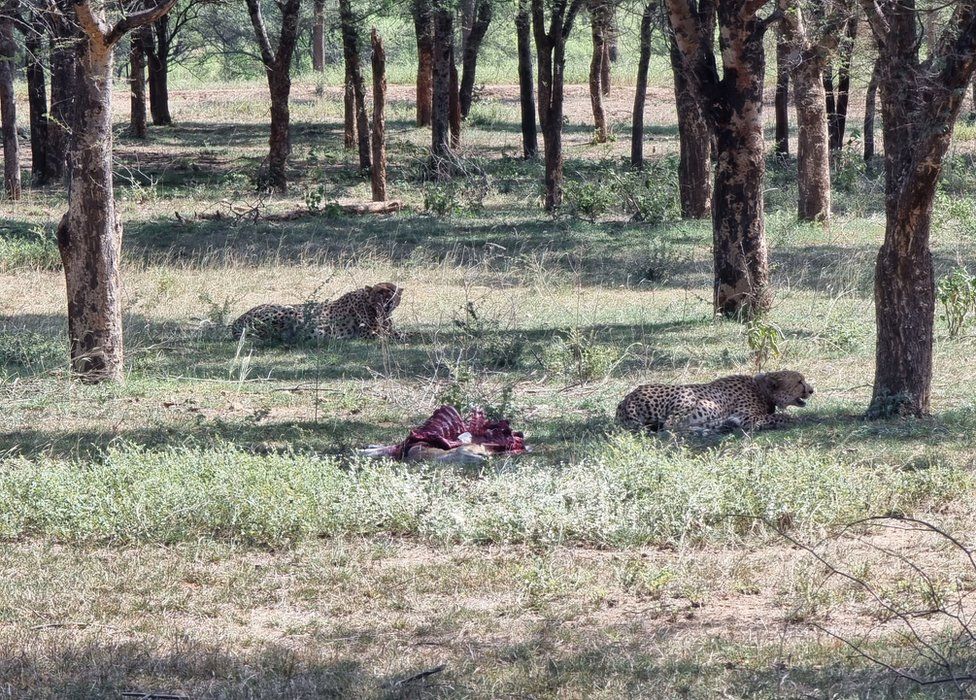
“The implications of this diagnosis were clear – all the other cheetahs in Kuno were at risk of suffering the same fate,” the experts warned.
Also, three cubs died 10 days after leaving their nest. Their deaths were attributed to a heat stroke – they died on a day when temperatures reached 47C. The CCF believes “monitoring and information sharing” might have prevented the deaths.
A senior official of India’s National Tiger Conservation Authority (NTCA), which is leading the project, told the BBC that it was “difficult to say that the mortalities were avoidable”. SP Yadav said: “It is a challenging project and the early indications are encouraging.”
He said the African cheetahs in the Kuno park had encountered a “winter coat issue”, developing a thick coat in anticipation of a South African winter in India’s wet and hot monsoon conditions. (The Kuno park is in the northern hemisphere and the seasons are the opposite of what Southern African cheetahs are used to.)
“The moisture and heat in the thicker winter coats, combined with external parasite loads, resulted in localised skin infections. This was followed by flies, and the cheetahs eventually succumbed to bacterial infection,” Mr Yadav said.
The foreign experts also talk about inadequate record-keeping in the parks. The CCF said it did not “see any daily records of the location, behaviour, body conditions and dietary changes of cheetahs at Kuno”. The foreign experts say the management at the park had “little or no scientific training” and the vets were “too inexperienced to manage a project of this calibre”.
On 16 July – after the first five deaths were reported – the NTCA had said in a statement that all the cheetah deaths in the park were “due to natural causes” and media reports attributing them to other reasons, including their radio collars, “were not based on any scientific evidence but are speculation and hearsay”.
The statement said a team of officials were working in “close coordination” at the Kuno national park. They were looking at “real time field data” to decide upon the “health and related interventions” for the cheetahs. More than 30 monitoring teams comprising nearly 100 members and three vets are permanently based at the site for emergency treatment of cheetahs, according to a report by South African experts.
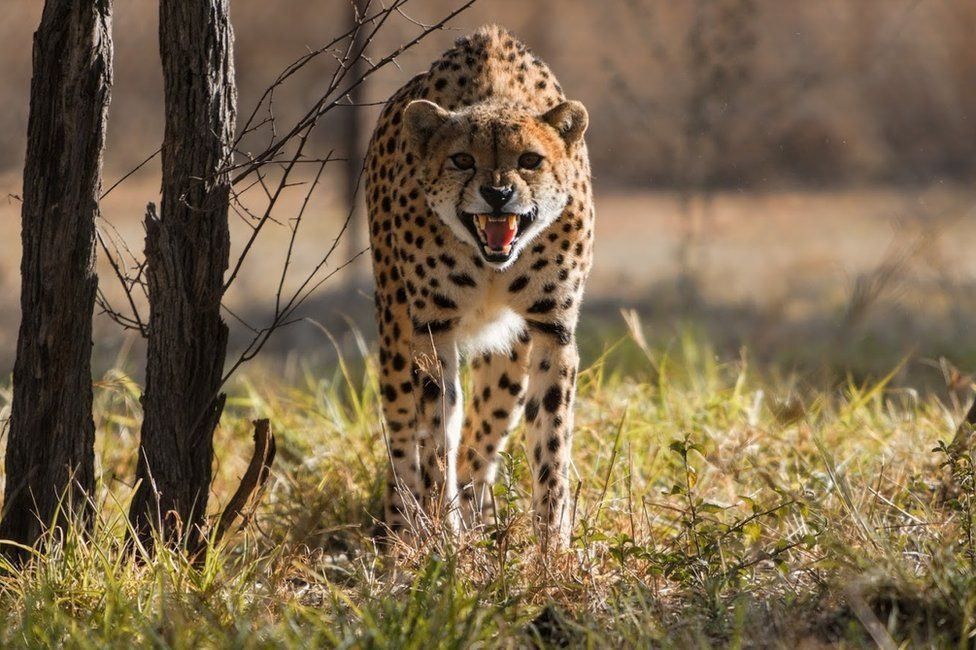
The foreign experts have recommended the cheetahs at Kuno need to be urgently assessed by the vets, their collars checked, findings shared in real time, and communication channels kept open. Also they said more prey species should be moved to Kuno – as “prey numbers in the park are significantly less than when Kuno was originally selected as the first release site”, according to the CCF.
“Detailed and close monitoring is the key to the success of this project. And very close communications to plan for all challenges faced during the reintroduction,” Laurie Marker, executive director of CCF, told me. She said that “closer and faster communication could really assist the success of the project” and that “these are all measures being taken now”.
Not everything is amiss with the project, say the experts. The South African report says the cheetahs have been hunting Indian prey – spotted deer, nilgai, sambar deer, cattle and boars – without trouble. They believe the neighbouring farming communities have responded well to the presence of cheetahs outside of the Kuno park. The presence of nearly 90 leopards in the park has not impacted the introduction – the cheetah is a ‘fragile’ animal and is often targeted by hyenas, leopards and lions.
“Most of the cheetahs are adapting well to the Indian conditions,” says Mr Yadav. “Also so far no cheetah has died due to poaching, hunting, snaring or poisoning because of huge community support from local villages.”
Experts say cheetah reintroductions are painful and arduous – nine of the first 10 attempts at cheetah introduction in South Africa failed and more than 200 cheetahs were lost in the country during that time. But clearly, India has to do better.



